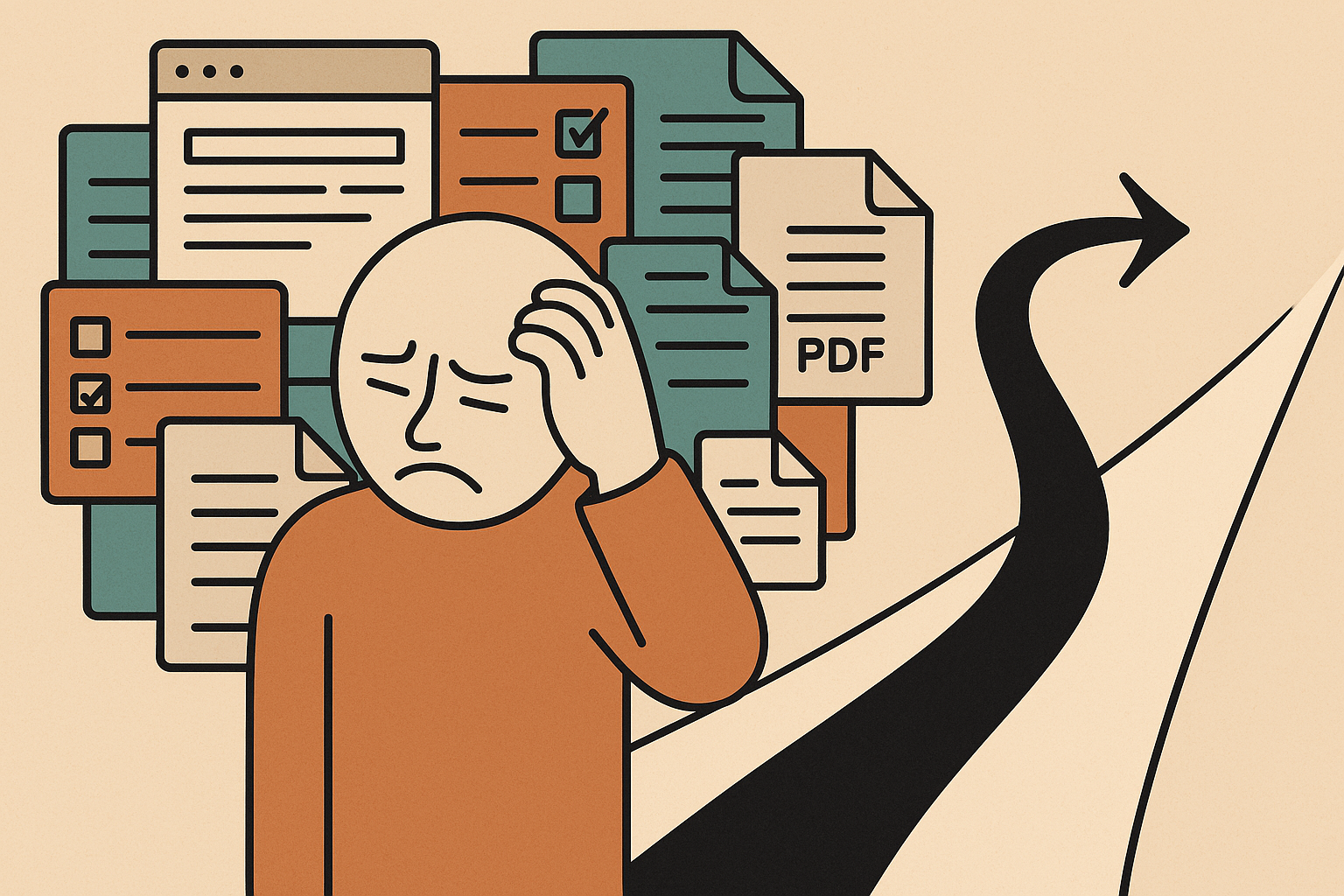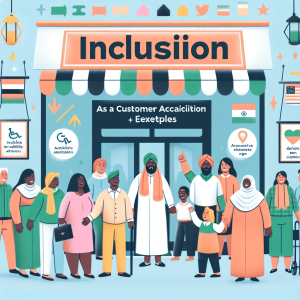Let’s get real.
Section 508 compliance isn’t just a requirement—it’s a recurring migraine for prime contractors chasing federal contracts. You’ve been there: the audits, the vague feedback, the last-minute fixes, the fear of rejection. It’s exhausting. And for many, it’s the reason they dread digital deliverables.
But here’s the good news:
👉 508 compliance can actually be your secret weapon.
The smartest primes aren’t dodging accessibility—they’re using it to win.
Wait, What Is Section 508 Again?
Section 508 of the Rehabilitation Act requires that all federal agencies’ electronic and information technology (EIT) is accessible to people with disabilities. That includes:
- Websites
- Web apps
- PDFs
- Software
- Any ICT (Information and Communication Technology) you’re delivering
If you’re a federal contractor, 508 applies to you. No exceptions.
Learn more: section508.gov
Here’s the Problem (And Why It Hurts You)
Most primes treat accessibility like an afterthought. You build the product, then scramble to retrofit compliance when the client asks for a VPAT. You call in an outside consultant, delay your delivery, and hope the contract doesn’t go up in flames.
Sound familiar?
This approach is killing your margins. Worse, it’s costing you future bids.
Here’s the flip side…
Smart Primes Do This Instead
The most successful government contractors we’ve worked with don’t treat 508 as a box to check. They bake it into their DNA—and win more work because of it.
Here’s what they’re doing differently:
1. Accessibility is a Value Prop, Not a Cost
Instead of hiding accessibility in fine print, they lead with it. When an RFP drops, they confidently say:
“Our UX and dev teams are trained in WCAG 2.1 AA. Every product we ship includes a VPAT, user testing with assistive tech, and an accessibility roadmap.”
That’s gold for an agency struggling with lawsuits or audits.
2. They Start Early
Accessibility is part of the design and development workflow—not tacked on after QA. That means:
- Semantic HTML
- ARIA roles used properly
- Contrast and color accessibility
- Screen reader testing baked into sprints
This saves time, money, and last-minute failures.
3. They Build Trust
Agencies remember who made their lives easier. When you deliver an accessible product on time, you’re not just compliant—you’re a partner they want to keep.
“Compliant delivery is the new ‘on-time delivery.’”
4. They Win on Past Performance
Here’s a little-known RFP hack:
Agencies love referencing prior successful Section 508 deliveries. It’s a credibility marker.
If you can say, “We’ve delivered 5 compliant platforms across HHS, VA, and DHS,” you’re already on the shortlist.
Bonus: It’s a UX Power Move
Here’s what the big players know:
Accessible design = better UX.
- Clearer navigation
- Better structure
- Faster page loads
- Happier users (regardless of disability)
And guess what? That helps everyone, including busy federal employees using outdated browsers and weird security settings.
Tools Smart Primes Use
Want to stop guessing and start winning?
Here are some go-to tools you should integrate today:
- axe DevTools – Automated accessibility checks
- WAVE – Browser extension to test pages
- VPAT Template – Fill this out before the agency asks
- NVDA – Free screen reader to test your interface
- Color Contrast Checker – Simple but essential
Here’s the Playbook You Need to Run
You want to win more bids, deliver better products, and stop dreading 508 compliance? Follow this framework:
| Step | Action |
|---|---|
| 1 | Do an accessibility audit of your current portfolio |
| 2 | Upskill your team on WCAG & 508 (start with designers + devs) |
| 3 | Integrate accessibility checks into your CI/CD pipeline |
| 4 | Create your own internal VPAT library |
| 5 | Make accessibility part of your bid language |
Want help making your proposal stand out? We do that.
Final Word: Compliance Is Table Stakes. Leadership Wins Deals.
Federal agencies aren’t just looking for compliance anymore. They’re looking for contractors who lead with confidence, clarity, and commitment to digital equity.
508 headaches won’t disappear overnight. But if you do it right, they’ll disappear from your client’s inbox—and that’s why they’ll hire you again.
Want to future-proof your proposals and stop losing on compliance?
We help primes turn accessibility into a competitive advantage. Work with us.
In:







